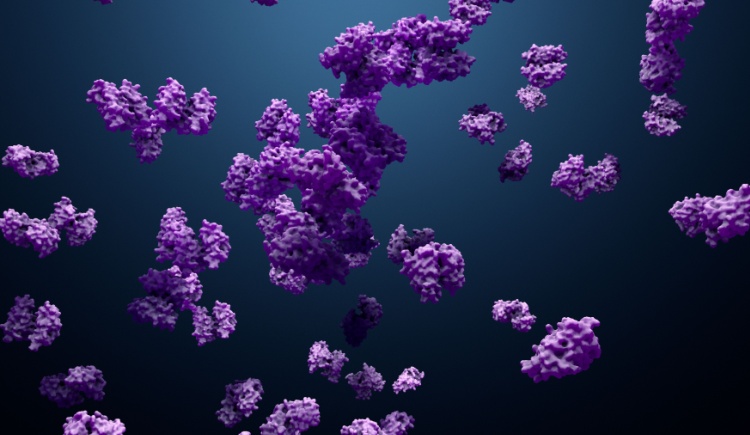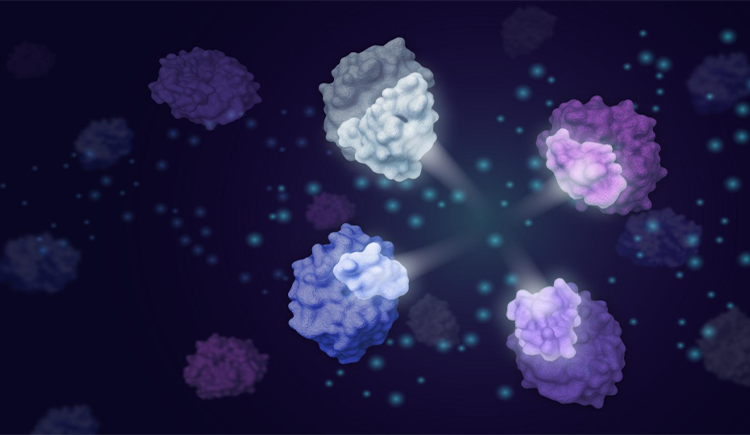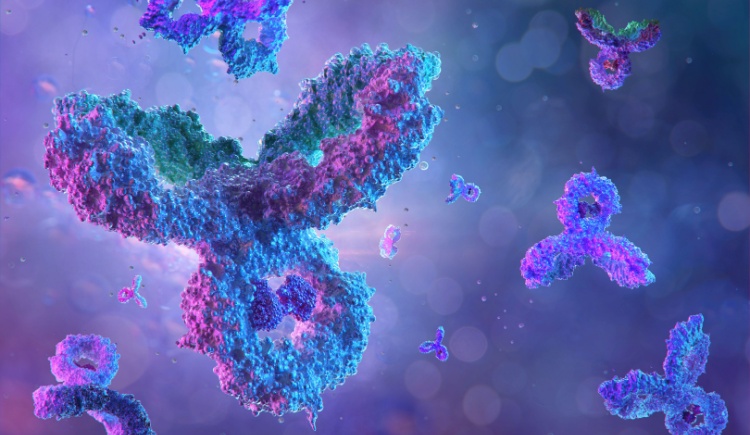Research
Proteins are responsible for all the molecular processes that are essential to life on Earth. Our lab's mission is to understand how proteins carry out their exquisite molecular functions, such as neutralising viruses, breaking down toxic compounds, and synthesising beneficial ones. But proteins are the most complex molecules we know, each comprising hundreds of amino acids that form a unique and intricate three-dimensional structure. To solve this immense problem we develop an interdisciplinary computational and experimental strategy.
Our research combines computational methods development, including atomistic modeling and AI, and structural and biochemical wet-lab work. We probe our understanding of protein design principles by designing new proteins and testing their activities in the lab. We are committed to making methods accessible to all scientists, and our algorithms have enabled us and researchers from around the world to design antibodies, vaccines, therapeutic enzymes, and enzymes for green chemistry. We are excited to see protein design enabling the next wave of discovery in basic and applied biomolecular research.




